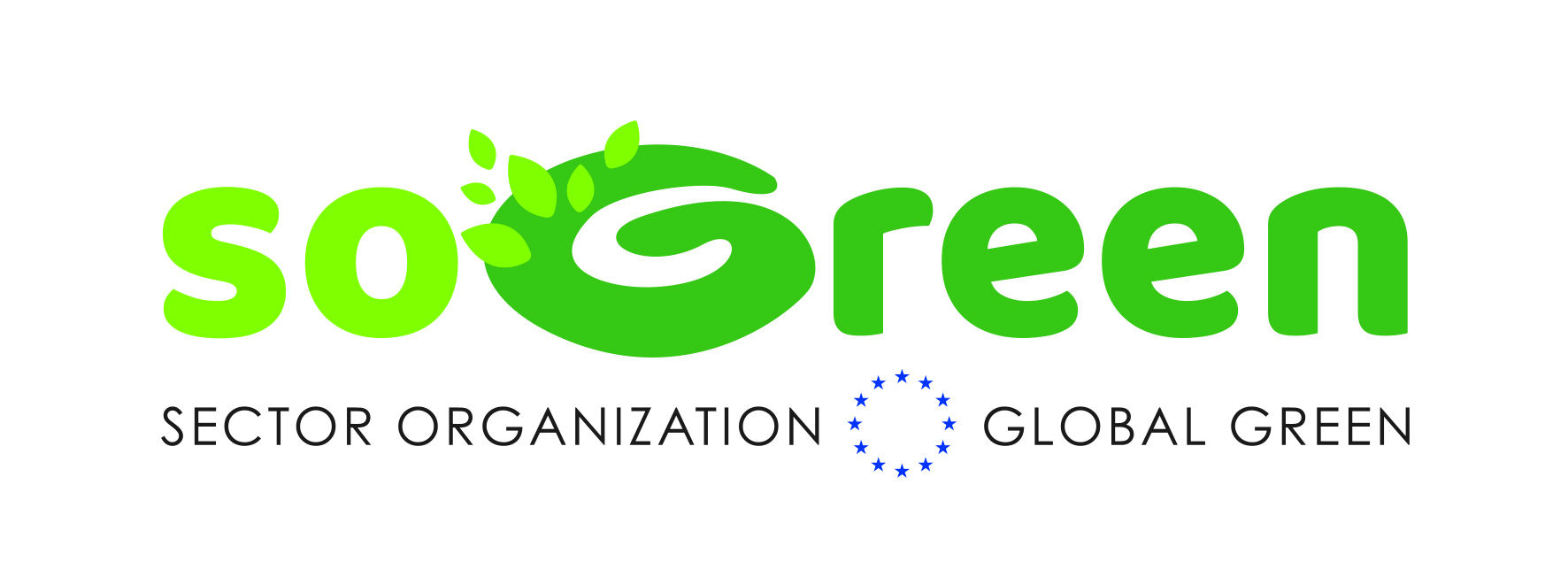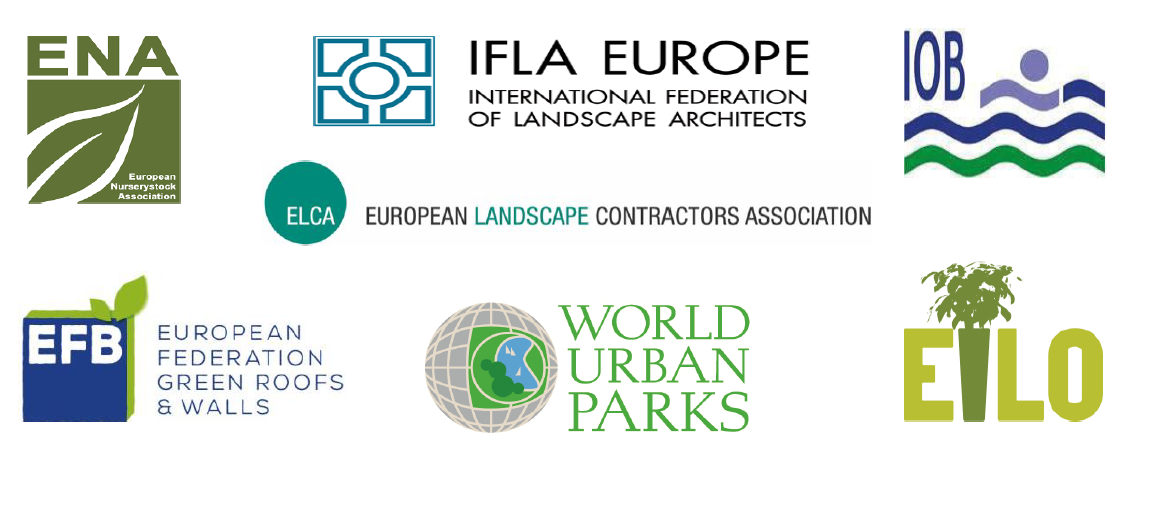 SoGreen Alliance: adoption Nature Restoration Law historic moment for urban areas
SoGreen Alliance: adoption Nature Restoration Law historic moment for urban areas
The SoGreen Alliance, a cooperation of eight European associations of urban green professionals (www.onthegreenmove.com), considers the adoption of the EU Nature Restoration Law as a historic moment for greening urban areas. On June 17th 2024, the Environment Council of the Council of the EU adopted the law as a final step in the legislative process. The SoGreen Alliance has been lobbying in favour of the law specifically for the aims for the urban area and is relieved that the law has now come true. According to planning, the European Commission will adopt in 2028 a framework for composing, monitoring and reporting of the urban restoration plans. The SoGreen Alliance is committed to cooperate with the European institutions in the preparational work and to align the urban green professionals as specialist stakeholders of green and nature-based solutions in making urban plans on national and local levels.
Till 2030
The Nature Restoration Law aims at a no net loss of green spaces and tree canopy in the urban area till 2030. This means that there must be attention for compensation of green spaces and tree canopy when this will be removed for for example construction works. At the same time, this development enhances possibilities of integrating green and nature-based solutions in new projects. Think about green roofs, green facades and gardens. These green solutions offer multiple benefits in public health, biodiversity, storing rainwater, urban cooling, carbon dioxide storage and improving air quality. Good growing conditions and knowledge of maintenance of greenery are vital to create effective and sustainable green solutions.
Between 2030 and 2050
Starting from 2030 the national and local urban restoration plans will be put into place. The Nature Restoration Law determines that in the period between 2030 and 2050, there will be a raising trend in the growth of green spaces and tree canopy in the urban area till a satisfactory level is reached. It is up to the national and local governments to define their own ambition, which gives room to adjust to specific local conditions. In the end, efforts are directed to climate resilience, enhanced biodiversity and public health. The urban area will remain a good and attractive place to live, even with the challenge that in future more and more people live in cities.
Recommendations
In view of the European elections, the SoGreen Alliance published a white paper with recommendations for new urban greening policies in the next semester. The Alliance has pleaded for a Green Deal 2.0 with a specific urban chapter. In this chapter, there must be extra attention to rainwater storage and re-use and the quality of urban soils as growing media and sources for CO2-storage. Investing in greener cities also asks for financial support for municipalities. The SoGreen Alliance asks the European Commission to look for opportunities to support municipalities in their greening efforts. Another suggestion of the Alliance is to further innovate on the concept of ‘the city as a carbon sink’. There is a need for more scientific research on how we can create opportunities for more storage opportunities for CO2 with greenery and nature-based solutions in the urban area.
The SoGreen Alliance concludes that this is the first time in history that greening the urban area has been put into law. Looking at the great challenges on climate, biodiversity and public health this is a logical step to create more urgency in tackling these challenges. However, our urban green professionals do have already have the knowledge and experience to start up decisive actions. The SoGreen Alliance takes on behalf of them the lead in making this green transition blossom.


